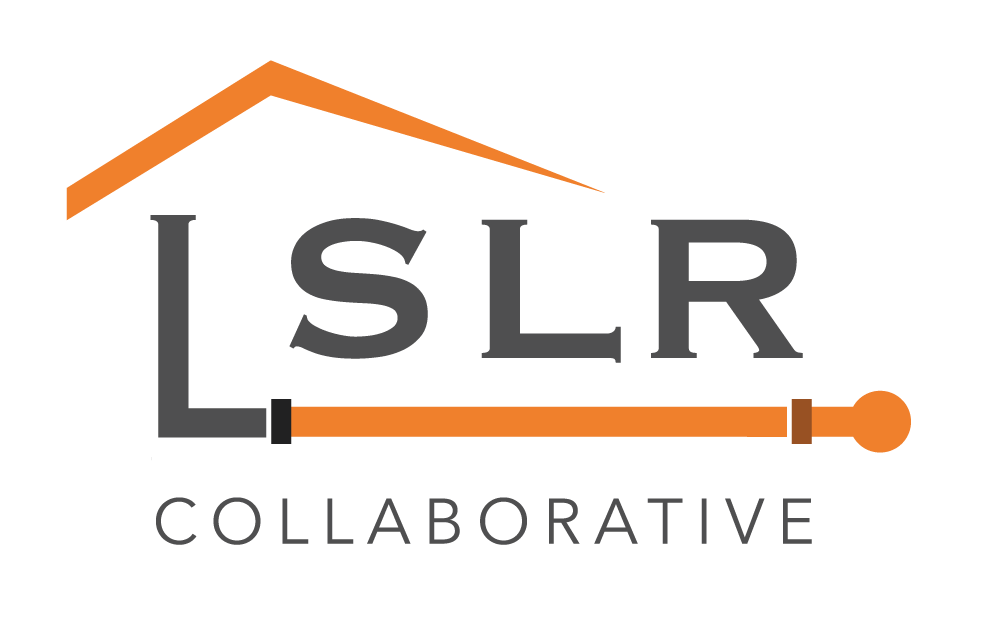|
Bennington Banner See the original article. By Luke Nathan, Bennington BannerBENNINGTON — An effort to replace lead service lines that link town water mains to private buildings will move forward after voters this week authorized a $9.5 million bond for the project. The measure passed on Tuesday by a vote of 2,898 to 635. No other, individual article on the ballot garnered as many "yes" votes. "We're moving forward," Town Manager Stu Hurd said on Thursday. The project is eligible for full reimbursement through the state and federally supported Drinking Water State Revolving Fund, which in the past had supported only projects related to municipally owned facilities. Hurd said he hopes the state will award the town about $2 to $3 million for a first phase of construction. Other localities are also in the process of exploring similar projects, he said, but Bennington is "much further along." Through an earlier, grant-supported mapping and planning process, MSK Engineering and Design, the consulting firm leading the project, identified 1,664 service lines made of either lead or unknown material. There are more than 3,800 service lines throughout Bennington. After attempting to contact the owners of those 1,664 lines, the consultancy managed to visually assess service lines connected to 726 properties — and confirmed the existence of 136 lead service lines, according to a presentation by Jason Dolmetsch, president of MSK, at the Select Board's Jan. 27 meeting. Most of the confirmed lead service lines are more than a century old, according to an MSK report from December.
Once the town secures state funding, it will seek bids from contractors for the work of replacing the relevant lines, Hurd said. Construction will proceed neighborhood by neighborhood, Hurd said. The block of Washington Avenue between Elm and Weeks streets is likely to be an early target, given its concentration of lead service lines. At the board meeting in January, Dolmetsch said that he anticipates construction related to the service-line replacements starting next year. The municipality will schedule separate projects involving road repaving and curb and sidewalk replacements to follow the service-line contractor's work, Hurd said. The town of Bennington tests drinking water annually for lead, which is highly toxic and "can cause serious and permanent health problems," according to the Vermont Department of Health. "Regular testing of the Bennington water system has shown that lead levels continue to remain below thresholds at which Federal [Environmental Protection Agency] and Vermont State Drinking Water standards require action," according to the town's website. "However, due to recent incidences in other communities across the country, it has become a federal, state and local goal to eliminate all public and private lead service lines from the water system." Lead lines "are prone to breakage," according to the MSK report, and "frequently discovered to be lead only after they have burst and been excavated for repairs." The Select Board approved a grant application for the revolving fund program at its Feb. 24 meeting. Even if the municipality eventually replaces all lead service lines throughout the town, there will "probably not" be an opportunity to reduce costs related to the town's water treatment regimen because of the presence of copper and "other lead-containing elements in the system," Dolmetsch said at that meeting, responding to a question from the town manager. Lead service lines represent "the highest concentration of potential lead exposure," but it is impracticable "for us to go in and replace everybody's plumbing that has lead solder in it," Dolmetsch said. Contact Luke Nathan at [email protected]. Comments are closed.
|
Have a suggestion for an article or blog to add?
Let us know! Type
All
Date
April 2023
|


 RSS Feed
RSS Feed